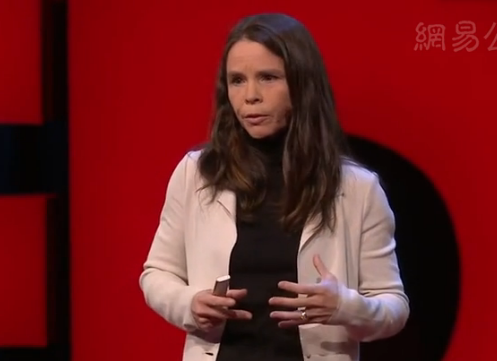Switzerland-based Climeworks and US-based Global Thermostat use a different approach.
位于瑞士的Climeworks和位于美国的Global Thermostat使用的则是不同的方法。
They use solid materials for capture. Climeworks uses heat from the earth, or geothermal,
他们使用的是固体材料捕获。Climateworks使用来自地球的热量或者地热能,
or even excess steam from other industrial processes to cut down on pollution and costs.
甚至是来自其他工业过程的过量蒸汽来减少污染和降低费用。
Global Thermostat takes a different approach.
Global Thermostat则另辟蹊径。
They focus on the heat required and the speed in which it moves through the material
他们专注于所需的热量以及它穿过材料的速度,
so that they're able to release and produce that CO2 at a really fast rate,
于是就可以在一个很快的速率下释放和生产二氧化碳,
which allows them to have a more compact design and overall cheaper costs. And there's more still.
这使得他们采用了更密致的设计,以及整体上更低廉的费用。还有很多这样的例子。

A synthetic forest has a significant advantage over a real forest: size.
人造森林与天然森林相比有一个显著的优势:规模。
This next image that I'm showing you is a map of the Amazon rainforest.
这是亚马逊热带雨林的地图。
The Amazon is capable of capturing 1.6 billion tons of CO2 each year.
亚马逊地区每年能捕获16亿吨的二氧化碳。
This is the equivalent of roughly 25 percent of our annual emissions in the US.
大约等于美国每年排放量的百分之二十五。
The land area required for a synthetic forest or a manufactured direct air capture plant to capture the same is 500 times smaller.
而要捕获等量的二氧化碳所需的人工森林或者人造空气捕获工厂,其占地面积只有天然森林的五百分之一。
In addition, for a synthetic forest, you don't have to build it on arable land,
另外,人工森林不需要在耕地上建造,
so there's no competition with farmland or food, and there's also no reason to have to cut down any real trees to do this.
所以并不会占用畜牧和农耕土地,而且我们也不需要砍去任何自然生长的树木来建造人工森林。



